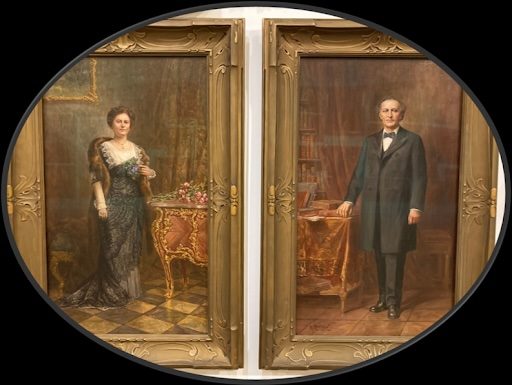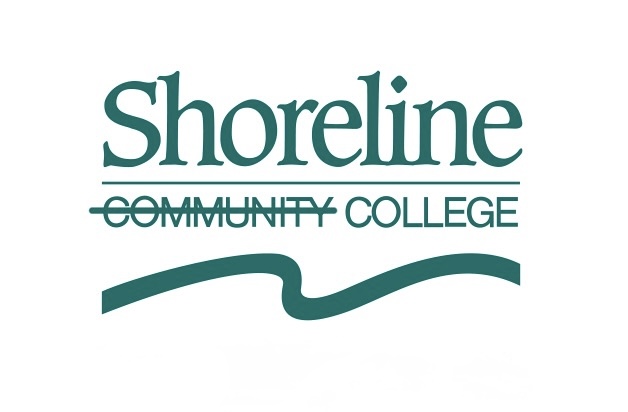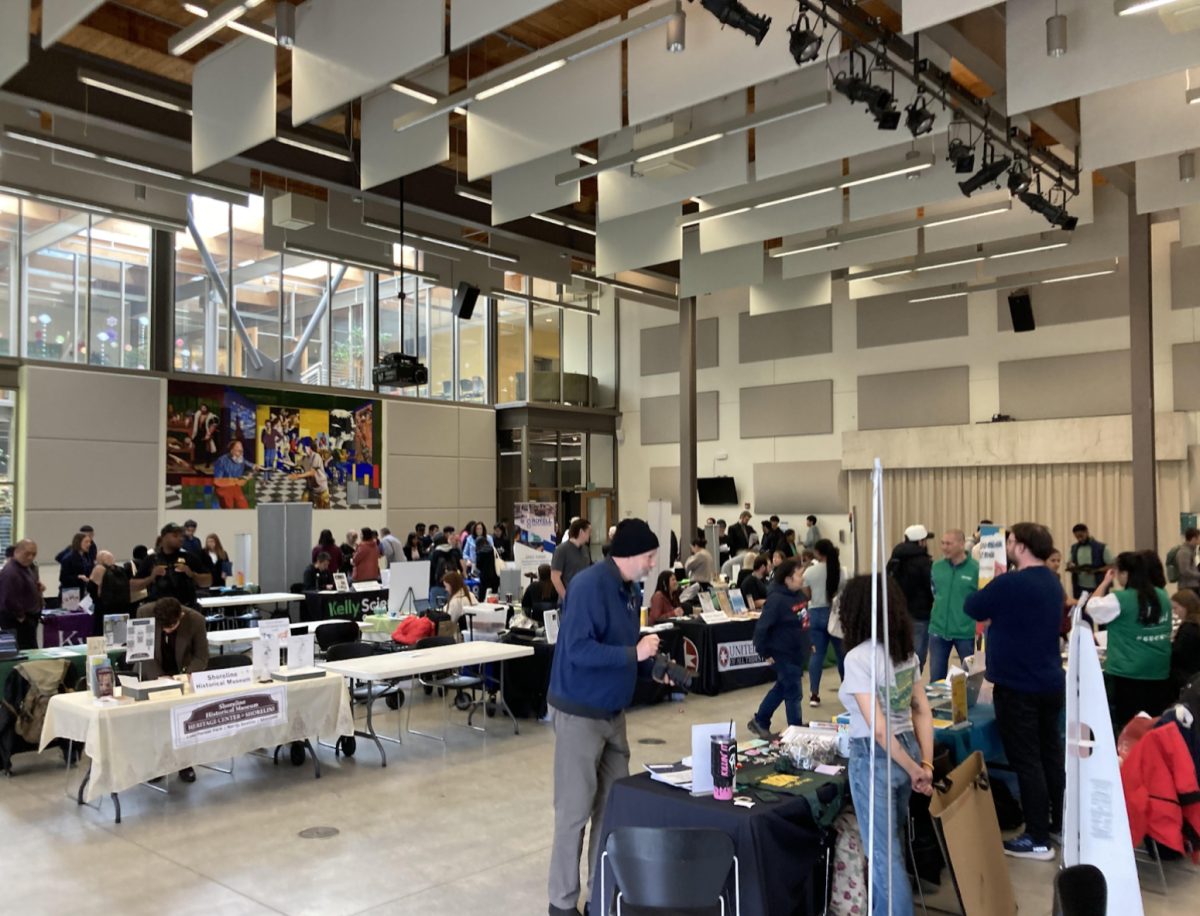TRUE CRIME PODCASTS ARE KILLIN’ IT
Throughout history, murder has inspired the public and storytellers alike, whereas recently, podcasts have catapulted to the forefront of the storytelling world.
These two factors have combined to create a landscape filled with true crime stories that surge through earbuds of millions of people each day.
Why are true crime podcasts so popular? Read on to find out, or click here for an audio version of this article:
Listen Up
Podcasts are a medium of the future — which is a vague way of saying that they are of the present. Mobility and interactivity are essential for modern living, and the way we receive our entertainment has followed suit.
Driving, working out, doing dishes or simply indulging in a big bowl of ice cream are generally tasks that take arms and hands to complete. While music and talk radio dominated this sphere of accessibility throughout the 20th century, a more focused, streamlined form of storytelling has flourished in the 21st.
Podcasts are growing exponentially. Edisonresearch.com reported that in 2017, consumers aged 18-34 are the primary targets of podcast programming. People 12 or older comprise 44 percent of the monthly podcast consumer demographic.
A Brief History of Podcasting
According to statistia.com, the percent of respondents who reported listening to at least one podcast in the previous month grew from 9 percent to 26 percent over the past decade. While still technically niche, podcasts take on all forms, from vexing ones steeped in mystery to straightforward information-based programs and everything in between.
Originally called “audioblogs” in the ‘80s, podcasts really came into their own in the mid-2000s. As early as 2005, consumers could listen to podcasts through iTunes; and by 2006, Apple’s Steve Jobs showcased how GarageBand could serve as a platform for producing podcasts at the Worldwide Developers Conference in San Francisco.
Fast forward a decade and some change: Podcasts have become much more commonplace — even Auntie Genie listened to “Serial” — and the mechanisms by which anyone can listen to them has dramatically increased though the prevalence of smartphones and the rise of other apps like Stitcher and Overcast.
True Crime As a Focus
Ideas come from the strangest places, but Hollywood loves to invest in ones they know will capture the spectators’ attention. Fear unlocks the imagination and ensnares its audience. Eric W. Hickey, from his book “Serial Murderers and Their Victims” said that, between 2000 to 2009, Hollywood and independent producers made over 650 movies that centered around serial killers.
These accounts were largely fictional, but represent myths, misconceptions and the glamorization of serial killers. Generally, they were portrayed as cunning, competent or sympathetic men. But this allowed the storyteller to get inside of the mind of the killer without having to be as sympathetic to the victims.
Murder captivates interest by showing us the depths of human depravity. True crime captures that, and adds an element of real-life victimhood to the scenario.
True crime is a designation used for books and films depicting actual crime stories taken from real-life incidents.
The most famous example is Truman Capote’s 1966 novel “In Cold Blood,” which illuminated the story behind four brutal murders in Holcomb, Kansas in 1959.
The Violent and Bloody
Podcasts are an amenable medium for true crime. Compared to old guard entertainment, podcasters generally get more independence and leeway to let a story breath rather than write on a strict deadline with executives breathing down their necks. Lots of podcasts have emerged from newer tech companies designed specifically with the craft of podcasting in mind.
Podcasters are not subject to the typical time constraints placed on television shows or feature films: Instead of telling a story in 23 minutes or two hours, they can take their time, do research and let the story span five episodes or 50. They get to explore the depths of crimes that normally are too taboo to show on television. These pods have taught us that truth can sometimes be stranger than fiction.
In the book “Popular Crime,” Bill James, famed baseball statistician and true crime aficionado, posed this question: “Which is worse for the soul: True Crime, which exploits horrific events for popular amusement, but which also tells real human stories, or fictional Crime, which creates imaginary horrific events for popular amusement?”
The efforts by Hollywood to adapt true crime stories from podcasts may signal an answer to the question of what television studios think their audiences want from their shows.
Adapting To The Screen
“Homecoming” is a fictionalized true crime podcast created by Micah Bloomberg and Eli Horowitz for Gimlet Media and was released in 2016. Last year Amazon Prime turned it into a television show starring Julia Roberts. It has a 98 percent approval rating on Rotten Tomatoes.
Last November, another podcast called “Dirty John” came to the television network Bravo and was based on the 2017 pod of the same name, a true crime show created by Wondery (a podcasting network funded by 20th Century Fox) and the Los Angeles Times. It stars Connie Britton and Eric Bana, and Entertainment Weekly gave it an score of an A-.
HBO started airing a four-part documentary series on March 10 directed by Amy Berg called “The Case Against Adnan Syed,” which covers both the content from the first season of the breakthrough podcast “Serial” and the cultural phenomenon surrounding the podcast itself.
It took HBO’s 9 p.m. time slot from season three of “True Detective,” which presents fictionalized true crime stories across three seasons. Seasons one and three are good; two is not.
With all these shows weaving back and forth between truth and fiction it can be difficult to follow. However, with so many more of these types of stories being told, podcasts will likely drive more of the narrative of our on-screen entertainment, since it seems worth while.







